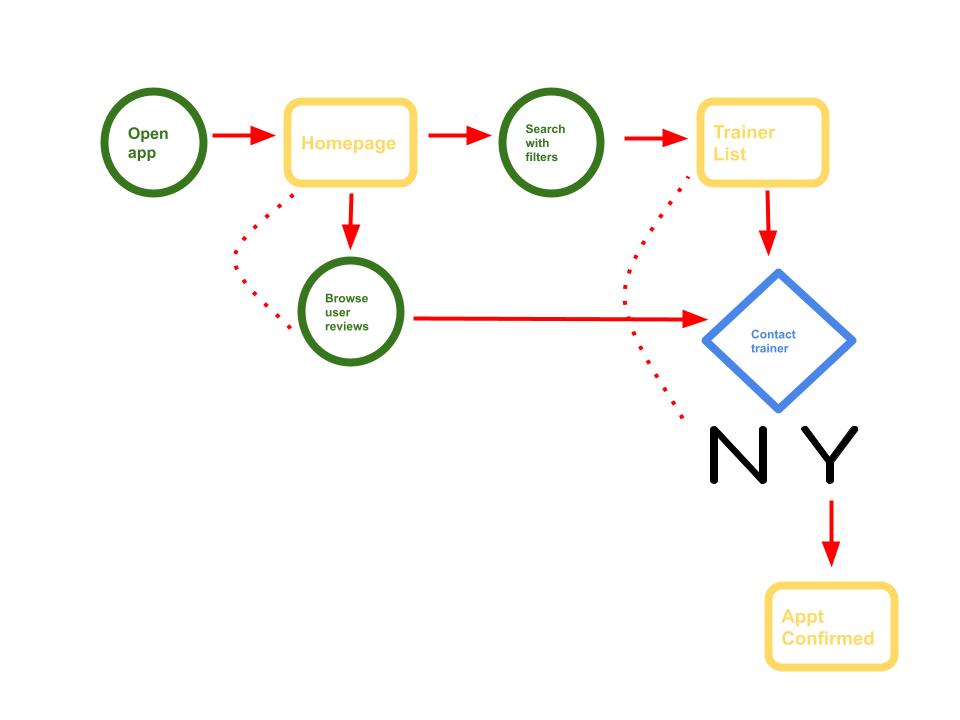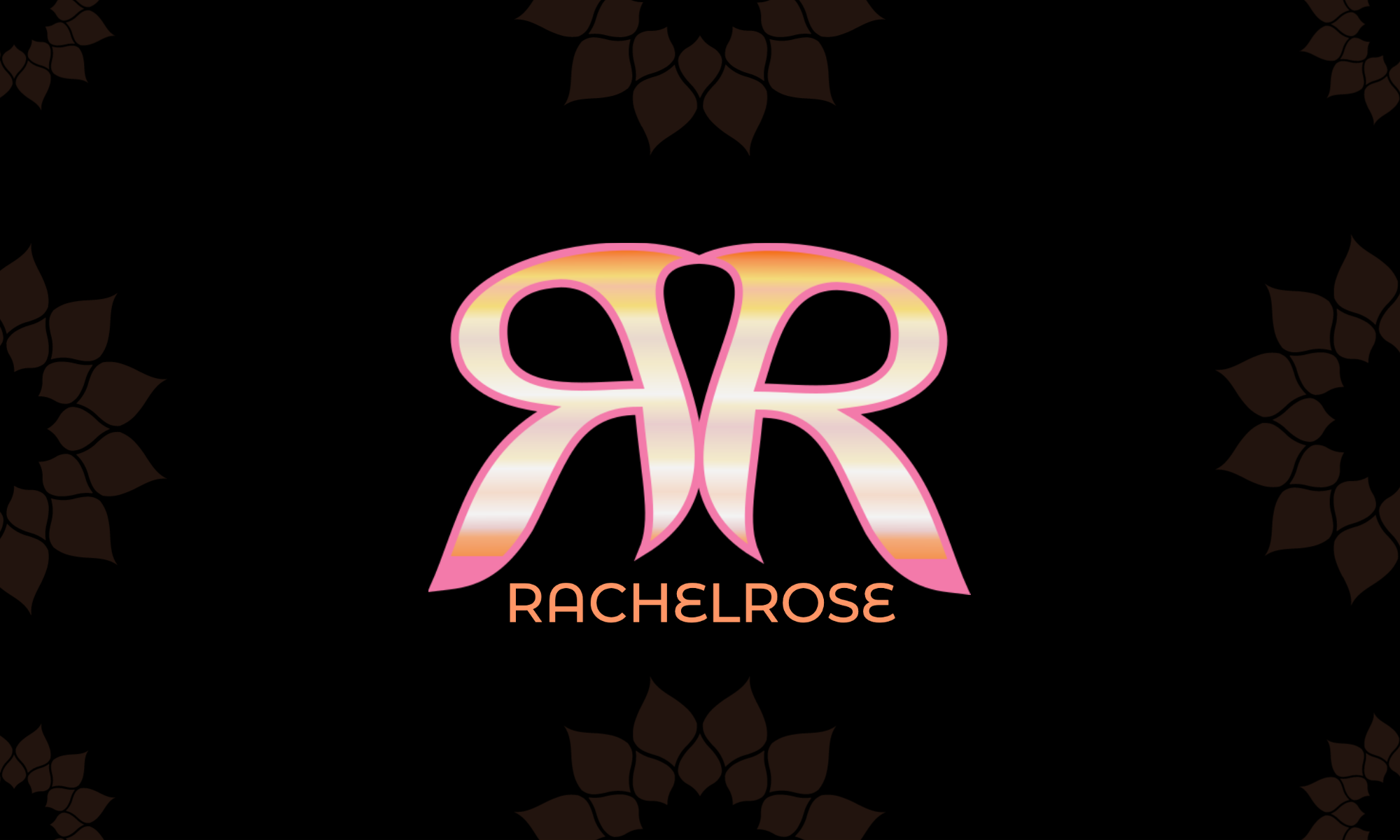After a short pause, I am back on the Google/Coursera UX Design Certificate course! “Build Wireframes and Low-Fidelity Prototypes” is the title of this unit, the third of seven.
Wireframes and Low-Fidelity Prototypes
Wireframes and Low-Fidelity Prototypes are the first step in creation of a solution for your product. That is a bit mealy-mouthed, isn’t it? Wireframes and Low-Fidelity Prototypes are a sketch of what you’re going to build. You take all that user research and start to turn it into something concrete – a design!
Whether you are working alone, in a small team or in a big team, the process of making ideas become realities is complex. Getting mislaid, off track or too granular too early is easy. The ideation stage, in which we created personas, empathised with them, understood their user journey and made problem statements has placed us in a position to now define what it is we are going to build.
Instead of a problem statement, we use a Goal Statement. We are building on the research we have already done by now defining what we are going to do and how we are going to measure the results.
User Flows
After that, we make a first user flow. They asked for a a sketch. I did that. But after submitting my work, I was that other students on the course had gone ahead and made a proper flow chart. It took me a little while to figure out where on Google Drive this can be done. I thought it might be slides, but it turns out to be Drawings. Once I got there, I faffed around a bit with design. But, I managed in the end. Funny, hey, how something relatively low-tech like a flow chart still has its learning curve. About a year ago, I started using Google Drive in earnest. I did a little certificate course (funded by the Valencian Government) and discovered that I quite like Cloud Computing. So, without further ado, here is my User Flow Diagram:

Where UX gets interesting!
This is where UX gets its hands dirty. Musicians attest that it is much harder to compose a song than to hum a melody. Getting ideas out of your head and into the world is hard, but it is the essence of any creative process. Creation requires patience, dedication, reiteration and plenty of self-doubt. I am happy to be back on the UX course! I took a little rest because I signed up for a dj course at MixPeople DJ School. It was awesome, and I learned a skill I have been wanting to polish for a long time. The Wireframes and Low-Fidelity Prototypes course began with a review of concepts from courses 1 and 2. I felt super chuffed (that is British slang for happy) to discover that the ideas, concepts and methods had stuck and I was able to remember them clearly after a nearly two months rest. Yay for my old brain.
Keep learning!
It is never the wrong time to study. It is always the right time to acquire new skills. Whatever strikes your interest, creates curiosity or stimulates serious reflection is worth learning about. It is tempting, these days, to read a few blog posts, scroll some forums or fast-watch YouTube tutorials, then consider yourself something of an expert. There is a certain humility is actually learning, in studying, trying to make new knowledge stick. I say go for it, get learning. UX does it for me right now. What would you like to learn?
